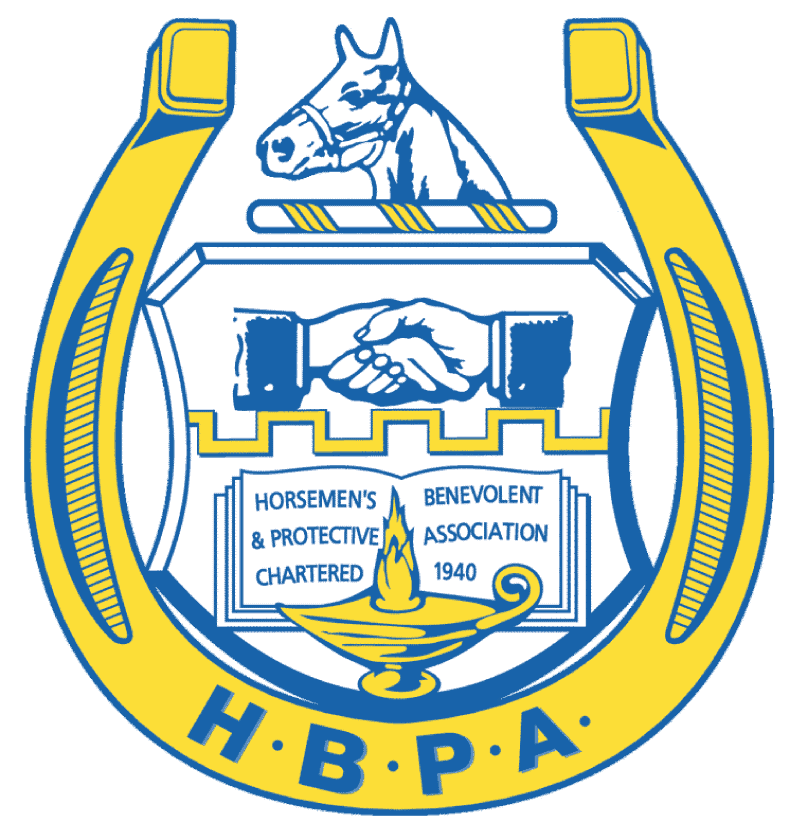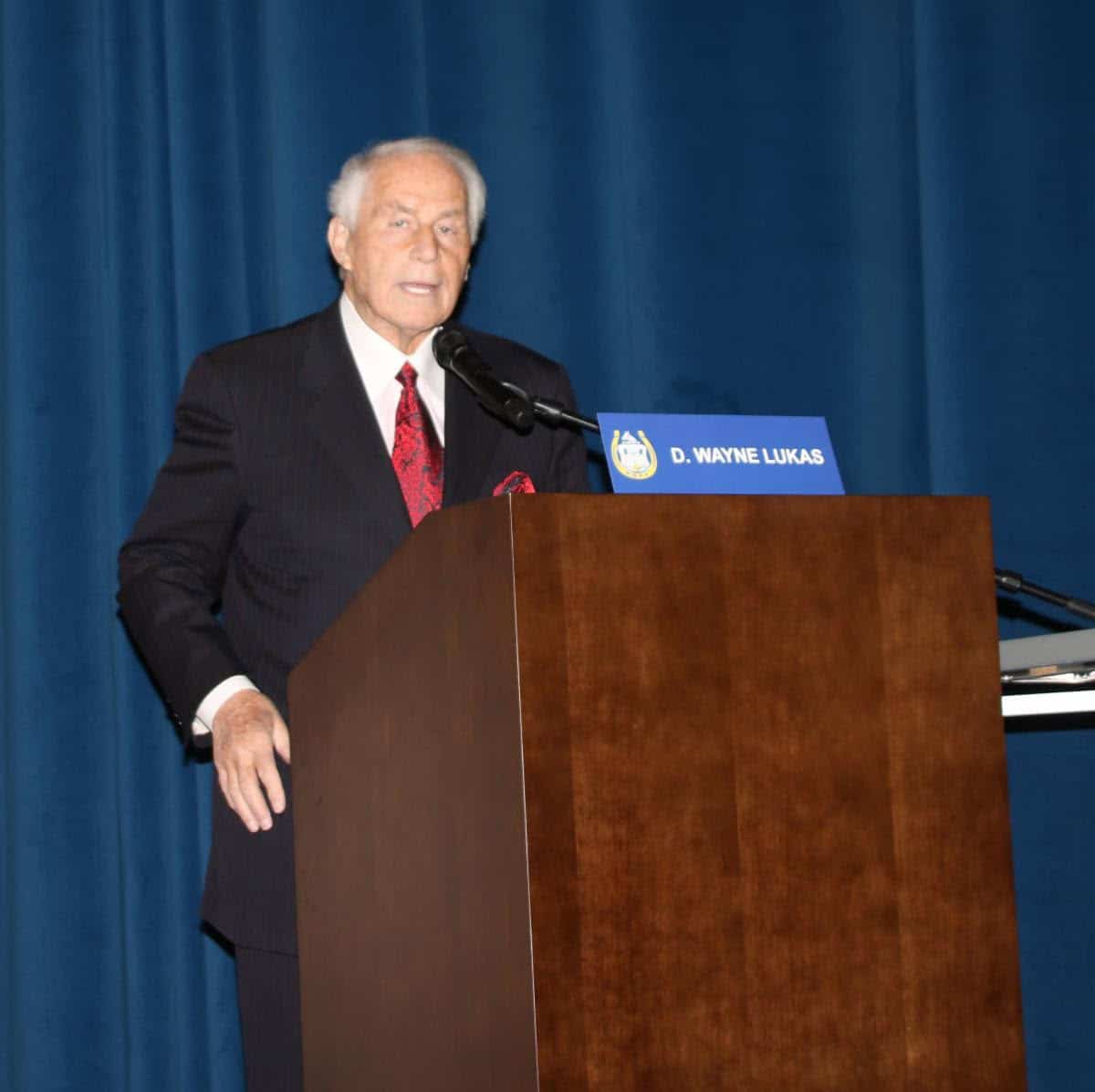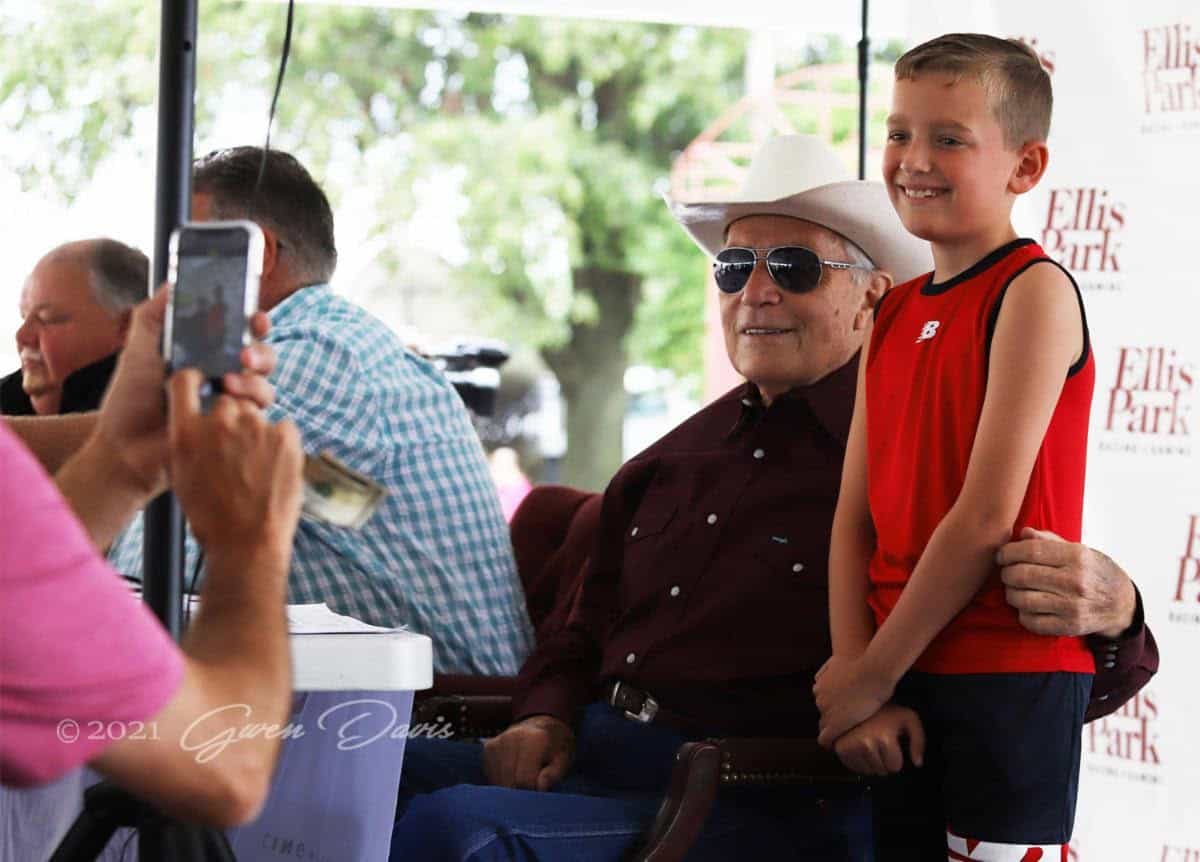Federal Bill Expected for Drug Regulation
Blood-Horse
Racing industry officials in late March and early April said they again expect to see federal legislation filed this year that would authorize the United States Anti-Doping Agency to oversee equine medication and drug testing procedures.
Last summer The Jockey Club at its Round Table conference indicated it would advocate for federal involvement in addition to current state-by-state efforts to adopt the National Uniform Medication Program. Also last August Travis Tygart, chief executive officer and counsel for USADA, outlined a strategy at a briefing put together by the Water Hay Oats Alliance.
WHOA, which has a growing membership of Thoroughbred stakeholders, in its mission statement supports passage of a federal bill that would “prohibit the use of performance-enhancing drugs in the sport of horse racing” via an independent anti-doping program run by USADA.
During the Racing Officials Accreditation Program conference in late March, industry officials said there will be a heightened push in 2015 for federal legislation that would be similar to a bill introduced in 2013. Ed Martin, president of the Association of Racing Commissioners International, suggested the legislation would identify USADA to oversee the program.
“RCI does not have a position on any piece of legislation,” Martin said at the ROAP conference. “It does believe in using a compact that lets states maintain their authority. We can spend a lot of time and money playing musical chairs to address the issue. Organizations are spending money on lobbyists that can be used for equine welfare or funding the TRPB to hire investigators. That’s the problem we have to address, not the rearranging of the chairs.”
Details on the 2015 strategy aren’t yet known, though Jim Gagliano, president and chief operating officer of The Jockey Club, indicated April 9 the organization is maintaining the course it outlined last year.
“The Jockey Club continues to closely monitor the progress of the National Uniform Medication Program and, at the same time, consider strategies to broaden our advocacy for improved and uniform regulation for Thoroughbred racing,” Gagliano said.
The National Thoroughbred Racing Association also predicted lawmakers will be solicited to sponsor federal legislation on medication regulation and testing. The organization, as it has in the past, won’t take a position on the issue.
“The NTRA has taken no position on these bills as our membership remains divided on the issue of federal or central authority over testing for banned substances and the regulation of therapeutic medications,” NTRA president and CEO Alex Waldrop said. “However, the association continues to provide information and data to interested parties and remains committed to achieving consensus on this issue.”
The NTRA on its board has representatives of horsemen’s groups and racetracks, some of which oppose federal involvement. Others on the NTRA board, such as The Jockey Club, believe more must be done regarding medication and drug testing.
Thoroughbred Horsemen’s Association chairman Alan Foreman, who also spoke at the ROAP conference, said whether there is federal oversight or not, the research and scientific advice will have to come from the horseracing industry because USADA hasn’t done equine drug testing. He also cited progress on adoption of all or parts of the National Uniform Medication Program.
“You’ll hear the only answer is for the federal government to regulate horse racing,” Foreman said. “If (supporters) a year ago got behind a uniform message that racing has a better story to tell than any other sport, I guarantee you the public’s impression of the sport would be different at this time.”
The National Uniform Medication Program allows for the use of race-day furosemide, also called Salix or Lasix. The proposed Horse Racing Integrity and Safety Act of 2013 called for a ban on all medication within 24 hours of a race, with a two-year exception for furosemide.
Whether the same language is included in the 2015 version of the bill remains to be seen. Foreman indicated he believes it will be part of the bill.
“Lasix is going to be like gun control or abortion,” he said. “It’s going to divide this industry.”
Tygart last year made a point to note the issue is about federal legislation, not federal regulation or intervention. If USADA was authorized to handle equine drug testing and enforcement, the organization would have to develop rules, with industry input, that would be unique to horse racing, he said.
USADA isn’t a federal agency, though it does receive federal grant money.
Tygart also said there is an inherent conflict of interest when a sport promotes and polices itself, and suggested horse racing falls into that category under its current structure. Martin of RCI, meanwhile, has repeatedly stated that state regulators are independent by virtue of their responsibilities.





